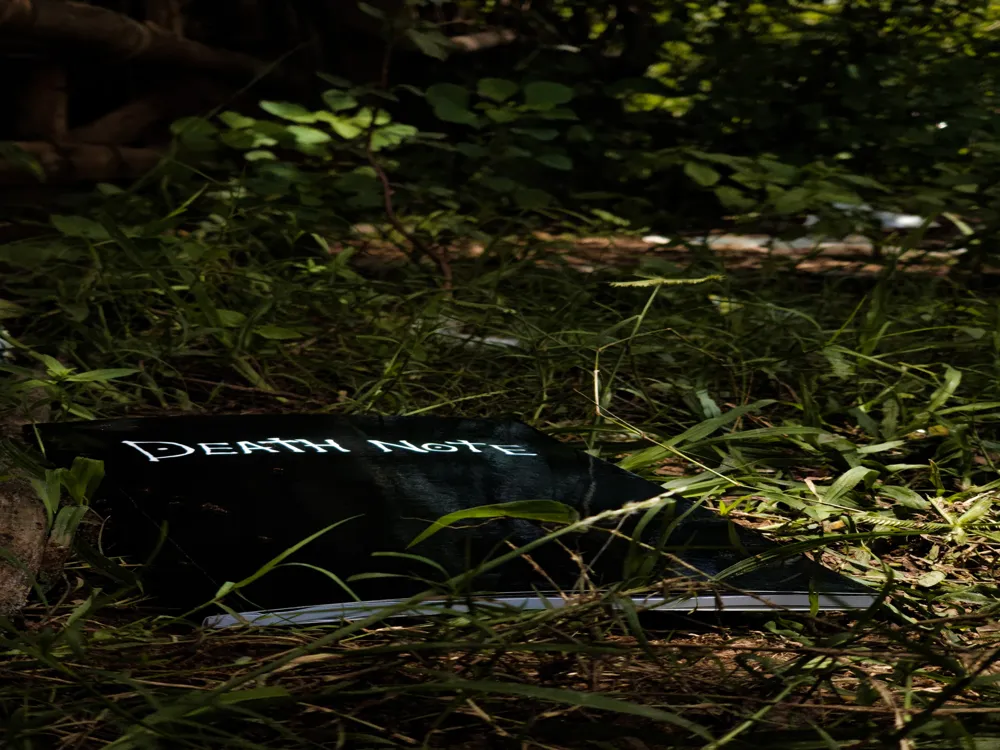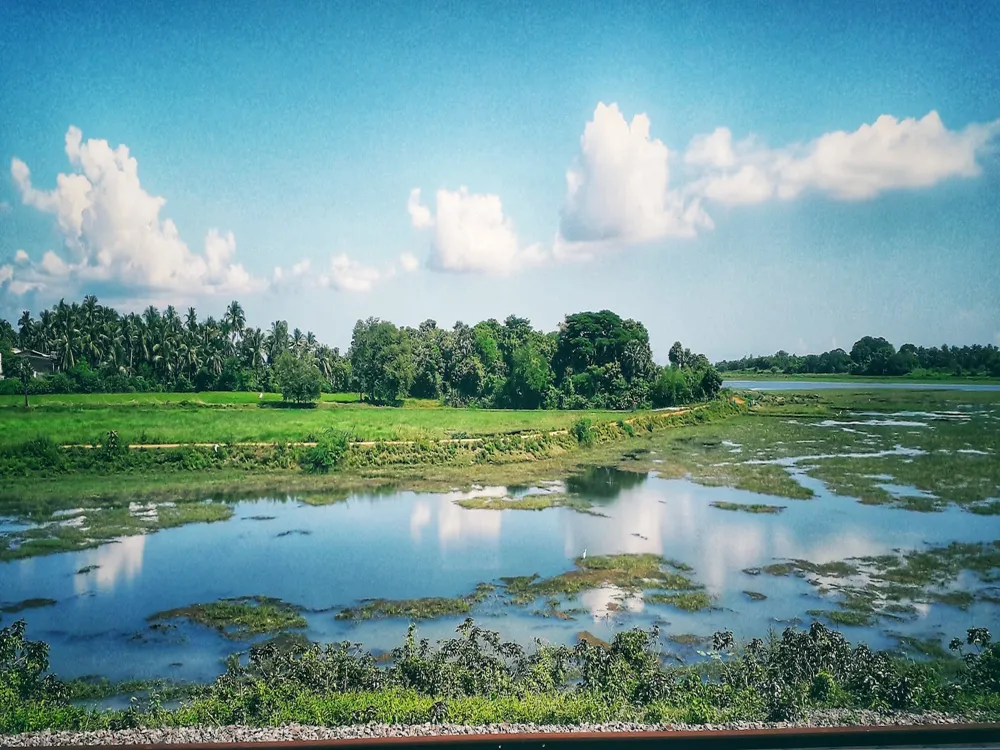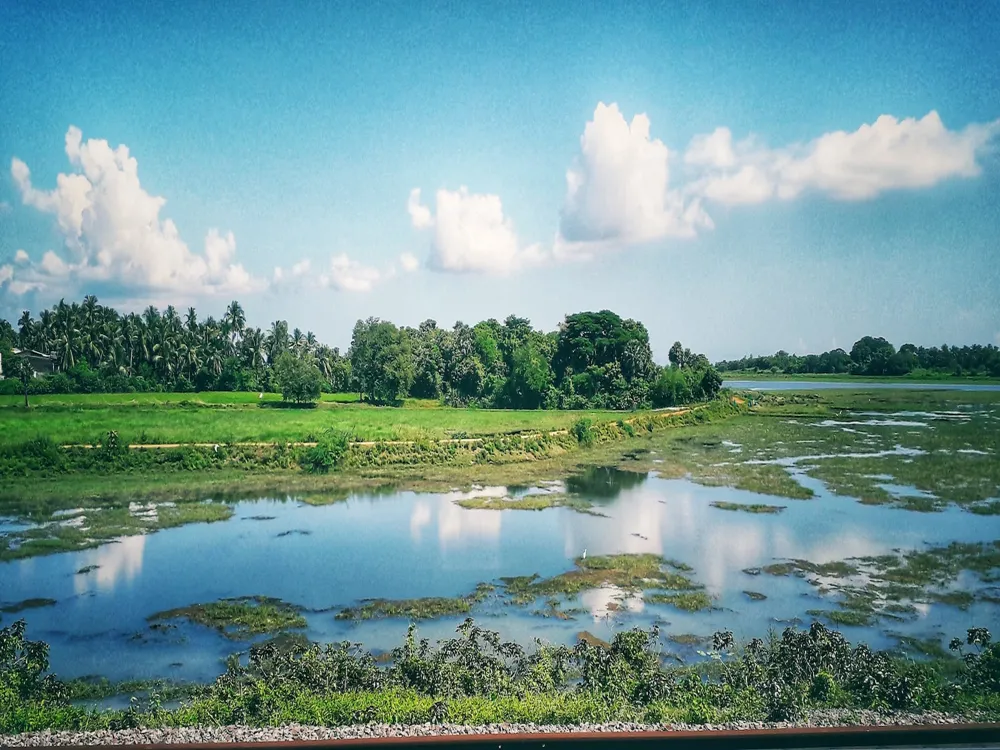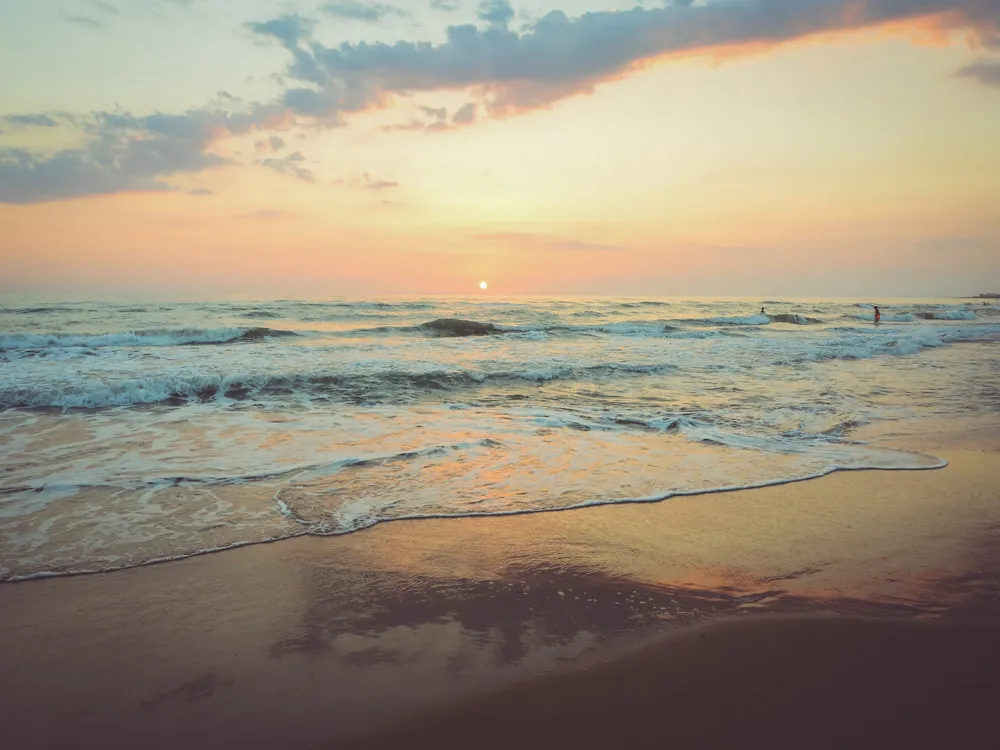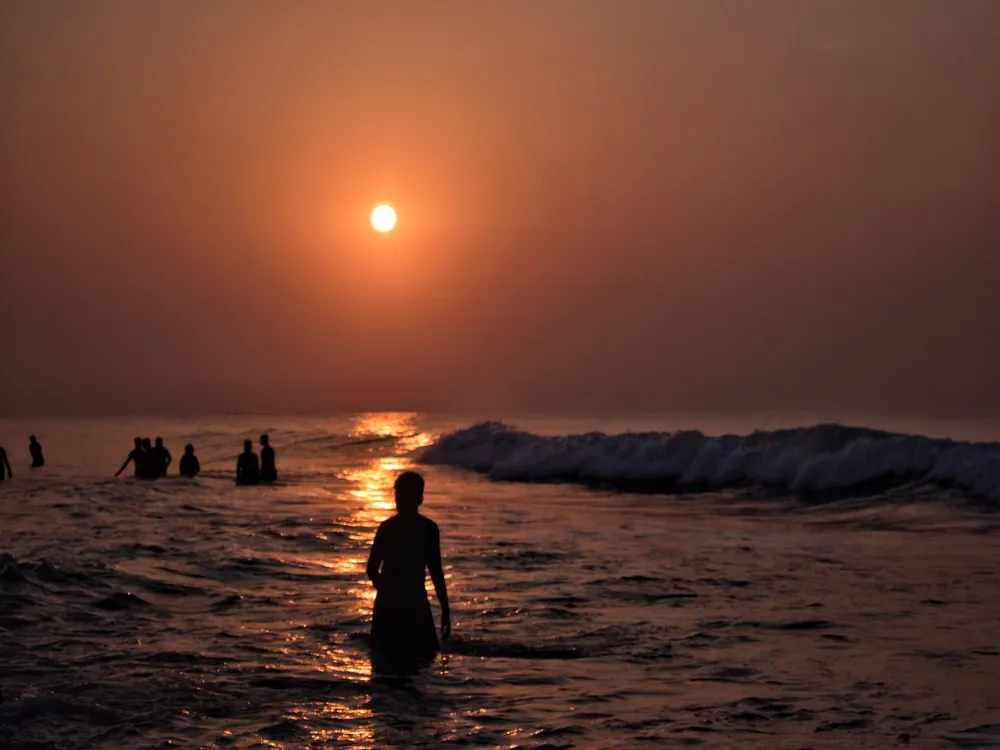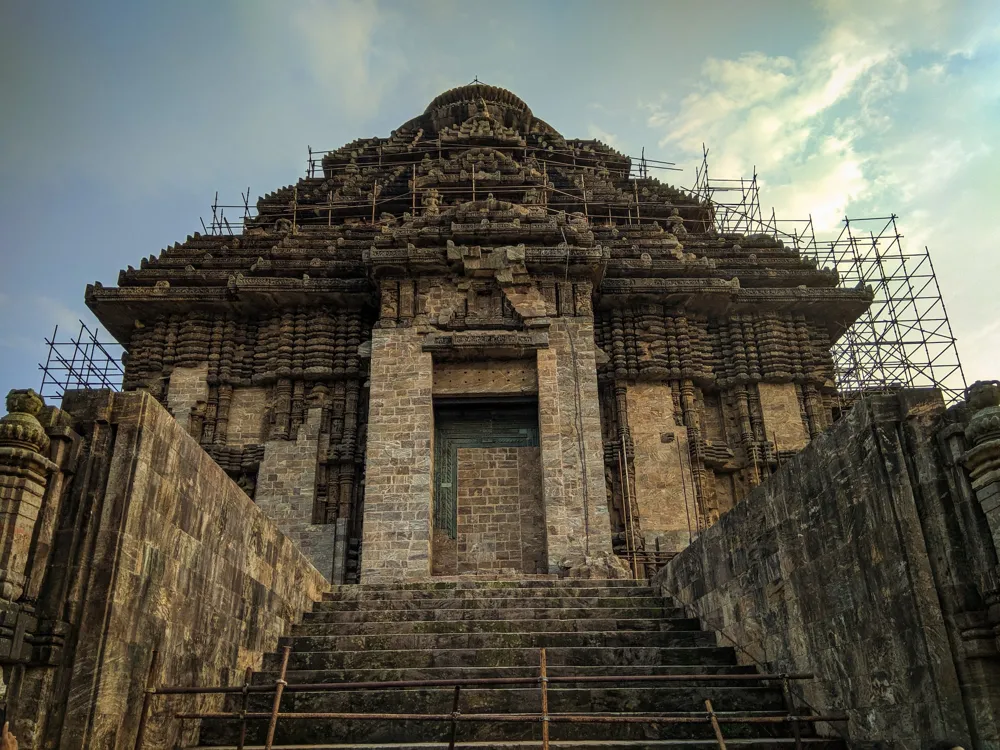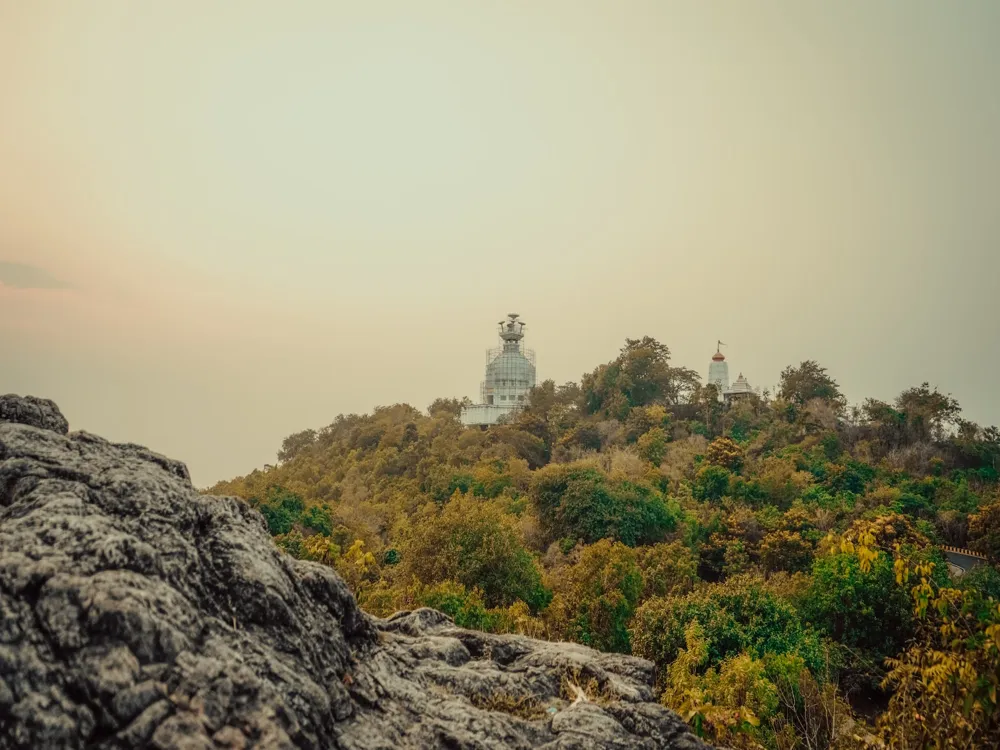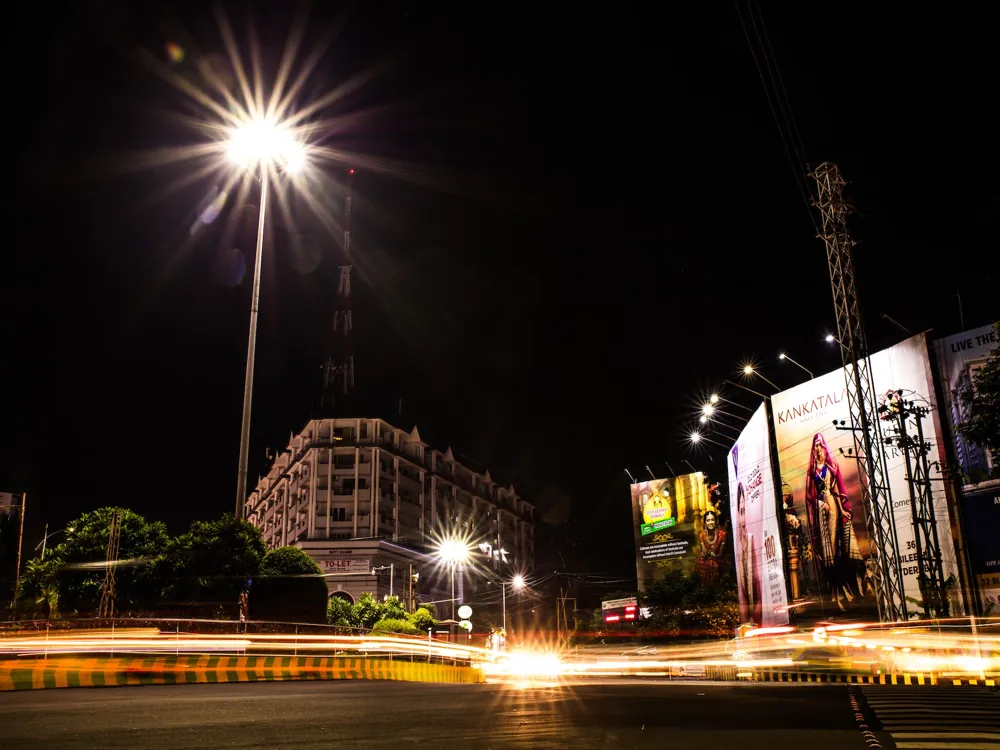Potagarh, a remarkable historical fortress located in the city of Berhampur in Odisha, India, stands as a testament to the region's rich cultural and historical heritage. Known as the 'Buried Fort', Potagarh is surrounded by moats on three sides and the Bay of Bengal on the fourth, creating a captivating blend of natural beauty and historical intrigue. The fort's history dates back to the 18th century, when it was constructed under the rule of Edward Costford, a British East India Company agent. Potagarh served as an administrative center and a strategic military outpost, playing a pivotal role in the region's colonial history. Over the years, it has witnessed numerous battles and changes in rulership, each adding a layer to its storied past. Today, Potagarh is not just an architectural marvel but also a symbol of the resilience and enduring spirit of the people of Odisha. Its walls, which have withstood the test of time, tell tales of glory, conflict, and survival. The fort's unique location, where the Rushikulya River meets the sea, adds to its mystique, making it a must-visit destination for history enthusiasts and tourists alike. As one explores the remnants of this ancient fortress, they are transported back in time, walking through the same corridors where soldiers once marched and administrators once pondered over the affairs of the region. The ruins, though in a state of decay, still hold an imposing presence, commanding respect and awe from all who visit. Potagarh is not just a historical site; it is a reminder of the cultural diversity and historical depth of India. It stands as a bridge between the past and present, offering a unique glimpse into the life and times of a bygone era. Whether you are a history buff, a cultural enthusiast, or simply someone in search of a unique travel experience, Potagarh is a destination that should not be missed. The architecture of Potagarh is a fascinating blend of Indian and European styles, reflecting the diverse influences that have shaped this historic fort. The fort's layout is a testament to the strategic military thinking of the time, with thick walls and bastions designed to withstand enemy attacks. The main entrance of the fort is an imposing structure, flanked by two large bastions. The gateway is adorned with intricate carvings and motifs, showcasing the artistic skills of the craftsmen of the era. Inside, the fort is divided into several sections, each serving a specific purpose, from barracks for the soldiers to administrative offices and storage areas. One of the most striking features of Potagarh's architecture is the use of laterite stone, which gives the fort its characteristic reddish hue. This locally sourced material was not only abundant but also provided excellent durability and strength, making it ideal for fort construction. The fort also boasts several watchtowers, which provided a strategic vantage point for keeping an eye on enemy movements. These towers, some of which are still standing today, offer a panoramic view of the surrounding landscape, including the Rushikulya River and the Bay of Bengal. The blend of Indian and European architectural elements is evident in the fort's design, with European-style arches and Indian-style courtyards coexisting in harmony. This architectural fusion is a reflection of the cultural exchanges that took place during the colonial era and adds to the unique charm of Potagarh. The ideal time to visit Potagarh is during the cooler months of October to March. The weather during this period is pleasant, making it comfortable to explore the fort and its surroundings. Carry water, sunscreen, and a hat to protect yourself from the sun. Comfortable walking shoes are a must as you'll be exploring on foot. Also, don't forget your camera to capture the stunning architecture and scenic views. Consider taking a guided tour to fully appreciate the historical significance and architectural details of Potagarh. Knowledgeable guides can provide insights and anecdotes that enrich the experience. Remember to treat the site with respect. Avoid littering and refrain from damaging any part of the fort. This historical monument is a part of our heritage and should be preserved for future generations. Potagarh is easily accessible from the city of Berhampur. Visitors can reach Berhampur by train, as it is well-connected to major cities in India. From Berhampur, Potagarh is a short drive away. Local taxis and buses are available for the journey. Alternatively, for a more scenic route, visitors can take a boat ride along the Rushikulya River to reach the fort. Read More:Overview of Potagarh, Berhampur, Odisha
Architecture of Potagarh
Tips When Visiting Potagarh
Best Time to Visit
What to Bring
Guided Tours
Respect the Site
How to Reach Potagarh
Potagarh
Berhampur
Odisha
NaN onwards
View berhampur Packages
Berhampur Travel Packages
View All Packages For Berhampur
Top Hotel Collections for Berhampur

Private Pool

Luxury Hotels

5-Star Hotels

Pet Friendly
Top Hotels Near Berhampur
Other Top Ranking Places In Berhampur
View All Places To Visit In berhampur
View berhampur Packages
Berhampur Travel Packages
View All Packages For Berhampur
Top Hotel Collections for Berhampur

Private Pool

Luxury Hotels

5-Star Hotels

Pet Friendly








